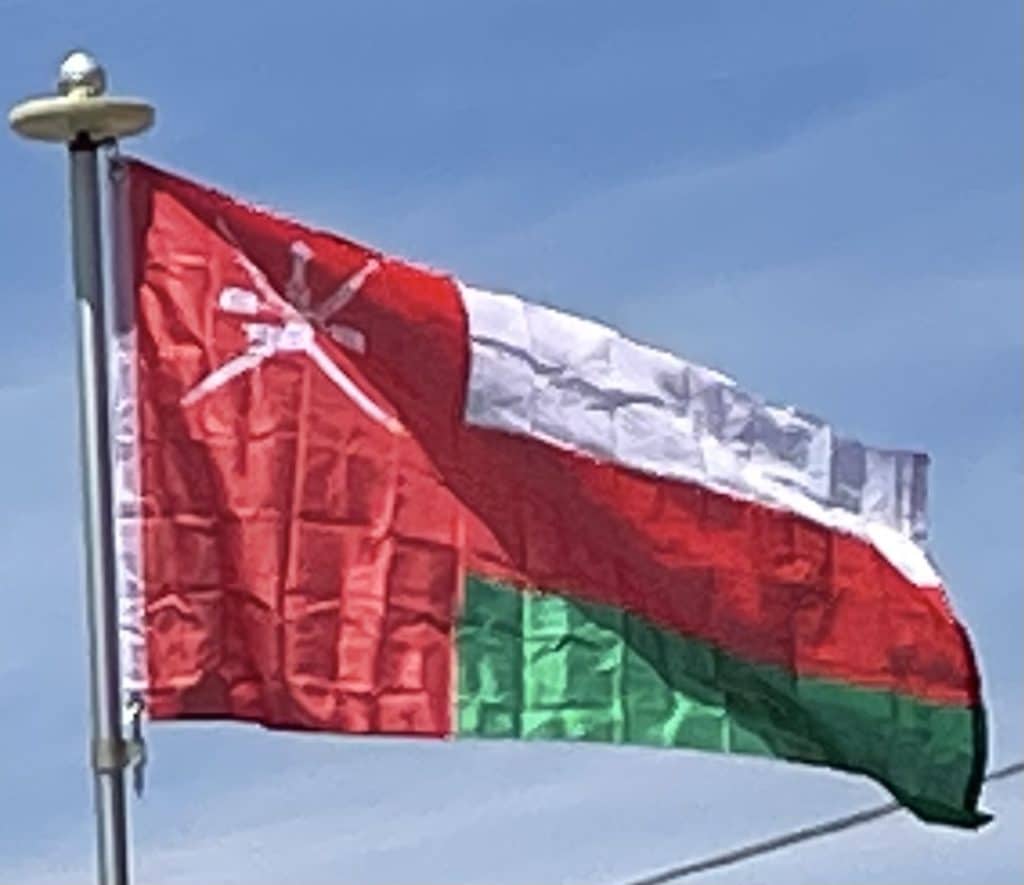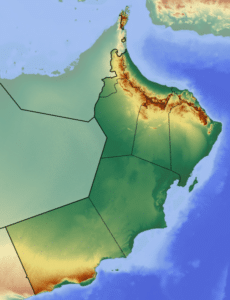
The peninsula of Musandam (Musandem) exclave, which is strategically located on the Strait of Hormuz, is separated from the rest of Oman by the United Arab Emirates. Oman’s other exclave, inside UAE territory, known as Madha, located halfway between the Musandam Peninsula and the main body of Oman, is part of the Musandam governorate, covering approximately 75 km2 (29 sq mi). Madha’s boundary was settled in 1969, with the north-east corner of Madha barely 10 m (32.8 ft) from the Fujairah road. Within the Madha exclave is a UAE enclave called Nahwa, belonging to the Emirate of Sharjah, situated about 8 km (5 mi) along a dirt track west of the town of New Madha, and consisting of about forty houses with a clinic and telephone exchange.
Economy:
By regional standards, Oman has a relatively diversified economy, but remains dependent on oil exports. In terms of monetary value, mineral fuels accounted for 82.2 percent of total product exports in 2018. Tourism is the fastest-growing industry in Oman.
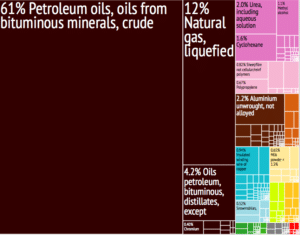
Other sources of income, agriculture and industry, are small in comparison and account for less than 1% of the country’s exports, but diversification is seen as a priority by the government. Agriculture, often subsistence in its character, produces dates, limes, grains and vegetables, but with less than 1% of the country under cultivation, Oman is likely to remain a net importer of food.
Transportation:
Oman has two expressway grade highways, with the first 8 lane expressway set to open in 2017.
Other roads in Muscat Governorate and some cities such as Sohar and Salalah are dual-carriageways, with four or six lanes each with a speed limit ranging from 60 to 120 km/h; while in the rest of Oman, the roads are mostly single-carriageways.
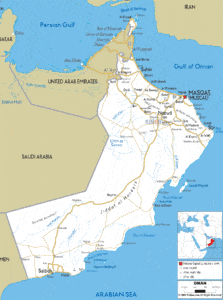
There are no mainline railways in Oman, but some are planned, including links to adjacent countries.
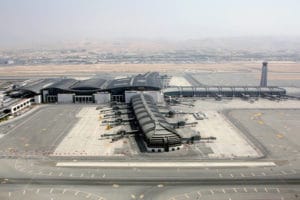
Airports with scheduled air service:
Flag of Oman:
The national flag of Oman consists of three stripes (white, green and red) with a red bar on the left that contains the national emblem of Oman (Dagger and two swords).
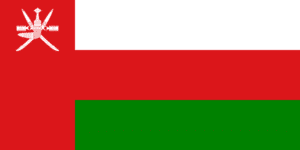
Until 1975, Oman used the plain red banner of the indigenous people. In 1970, the Sultan introduced a complete new set of national flags. Bands of green and white were added to the fly, and the national emblem, the badge of the Albusaidi Dynasty, was placed in the canton. This depicts crossed swords over a khanjar, a traditional curved dagger. White has been associated historically with the Imam, the religious leader of Oman, and at times the political rival to the ruling Sultan. It also symbolizes peace. Green is traditionally associated with the Jabal al-Akdar, or “Green Mountains,” which lie toward the north of the country. Red is a common color in Gulf state flags. The national emblem is said to date back to the 18th century. A curved dagger is fastened over a pair of crossed swords. An ornate horse bit links the weapons.
